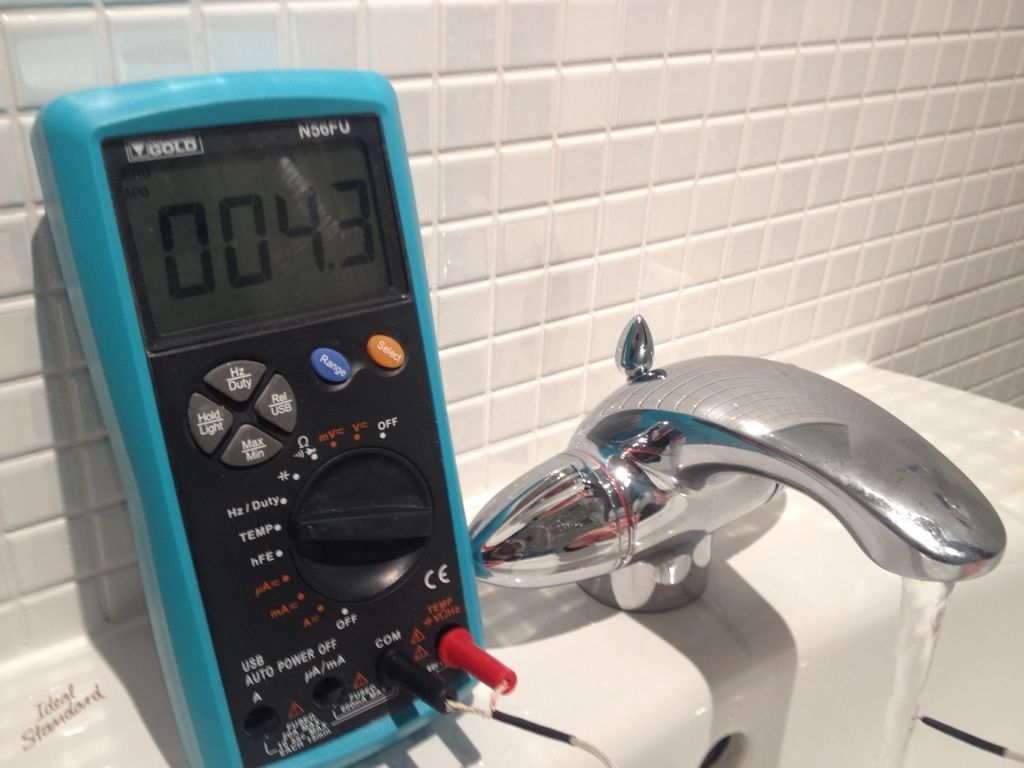Human occupancy adds a significant amount of humidity to the indoor environment. Personal activity as basic as breathing and perspiration add moisture to an indoor space.[Humidity Cooling 1] Cooking and showering raise humidity levels in the indoor environment, which directly affects the structural dampness of a home. Aspects of the home can also increase the humidity of a space. Items such as aquariums, indoor swimming pools, hot tubs, and even indoor plants add to the humidity of an indoor space.[Moisture Dynamics 1] All of these attributes can increase the humidity of a home beyond its recommended thirty to fifty percent.[Moisture Dynamics 1]
Humidity levels in an indoor environment need to be accounted for based upon season and temperature. If humidity levels do not agree with the time of the year and the temperature during seasons, mold infestation and deterioration of the building will occur due to moisture. An acceptable humidity level in indoor spaces ranges from twenty to sixty percent year round.[Air Quality 1] However, levels less than twenty percent in the winter and levels higher than sixty percent in the summer are deemed unacceptable for indoor air quality.[Air Quality 1]





